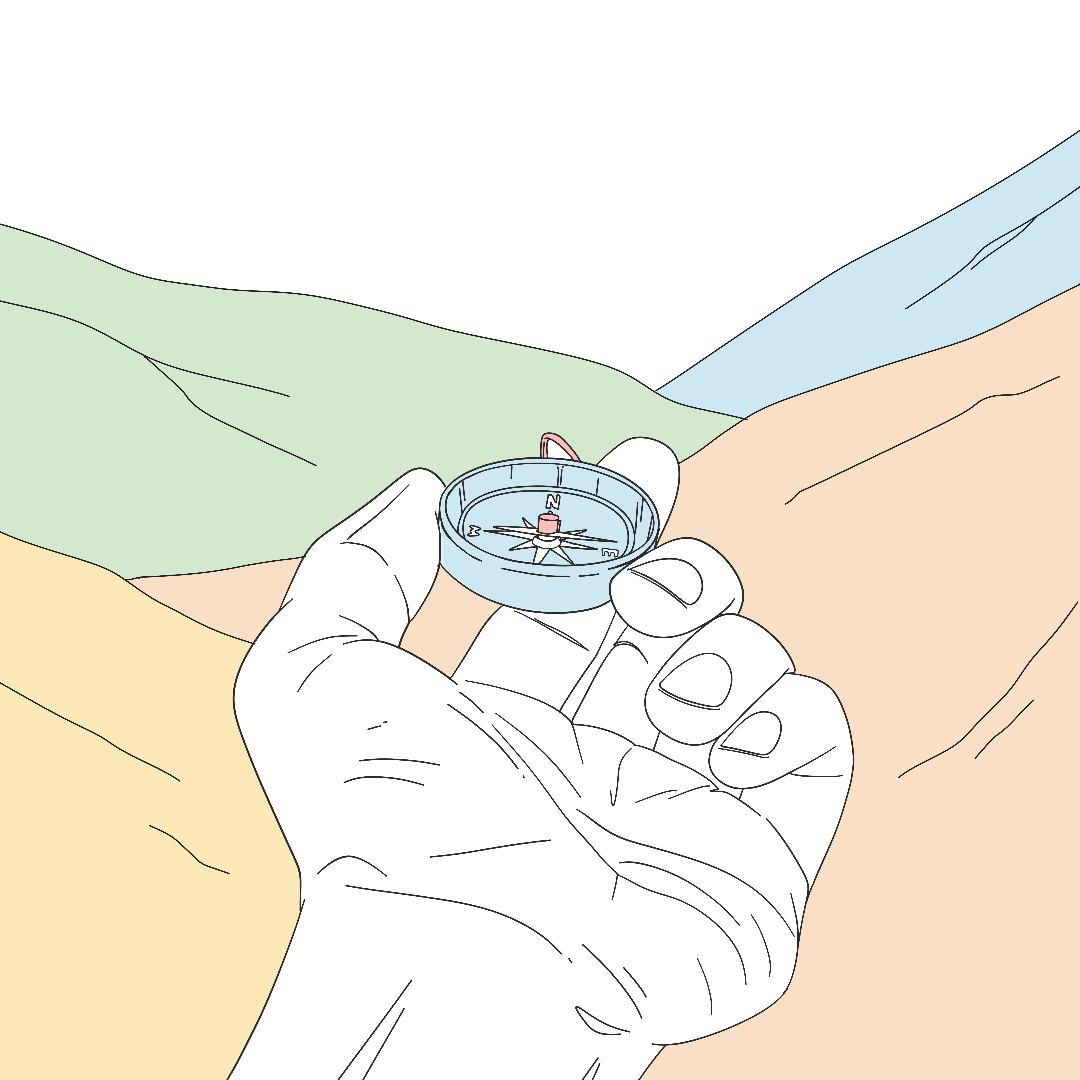Personal Inventory | Know Yourself with Daily Reflections
Personal Inventory
The Power of a Personal Inventory for Self-Growth
A personal inventory is an honest assessment of yourself, much like an inventory in a store but focused on your inner stock – your emotions, behaviors, attitudes, and values. Think of it as taking a snapshot of “how I am doing” in various aspects of life. This practice has been around in different forms for ages: in philosophy (“know thyself”), in religion (daily conscience examen), in psychology (self-reflection exercises), and famously in addiction recovery (the 4th and 10th steps of AA which involve personal moral inventory). No matter the context, the aim is similar: self-awareness and personal growth. By regularly examining ourselves, we shine light on blind spots and recognize where we’re growing.

Doing a personal inventory involves courage and compassion in equal measure. Courage to face uncomfortable truths – maybe acknowledging I have a habit of gossiping or I avoid responsibilities when I’m afraid. And compassion to not overly judge or label yourself as “bad” for those things. It’s about seeing clearly, not beating yourself up. A good personal inventory is balanced: you acknowledge your positive qualities and achievements as much as your mistakes and flaws.
For example, you might note: I am a generous friend (strength), but I often say yes to too many things and then resent it (area to improve). This kind of insight is valuable. It lets you see how a strength, unguided, can turn into a challenge (generosity leading to overcommitment), which suggests a path forward (practice setting boundaries while still being kind). In fact, psychotherapists often work with clients to develop exactly this kind of self-understanding – you can do a lot of it on your own with personal inventories.
One well-known approach to personal inventory comes from Alcoholics Anonymous: the fearless moral inventory in Step 4 and the daily continuing inventory in Step 10. But you don’t have to be in recovery to borrow these ideas. What those steps boil down to is writing out the things that are bothering your conscience or disturbing your peace, and also recognizing patterns in how you think and act. Many people, upon doing such an inventory, are surprised by how liberating it feels. It’s like you’ve been carrying a messy bag of feelings, and you finally emptied it out to see what’s inside. Yes, you might see some not-so-nice items (anger, fear, dishonesty), but once they’re out in the open, you can address them. And you’ll also find good stuff in there (courage, love, perseverance) that you might’ve overlooked. One user of said that doing a personal inventory helped her “meet herself” anew – she discovered she was a lot stronger than she gave herself credit for in facing a tough year, even as she admitted to areas she wanted to work on (like her tendency to isolate when sad). This mix of self-appreciation and self-correction is the heart of a healthy personal inventory.
So how do you actually do it? If it’s a one-time inventory (say, a “life audit” you do at year-end), you might write freely or follow prompts: list things you’re proud of, list things you regret, list traits you value in yourself, list traits you want to change. If it’s a daily personal inventory, a shorter checklist can help: Was I resentful? Selfish? What did I do today that I’m proud of? Do I owe anyone an apology? What am I grateful for? These questions cover a broad range of moral and emotional life. DailyInventory incorporates these into its prompts – giving a structured way to do a personal inventory each day covering mood, gratitude, wins, struggles, opportunities for change, and relationships over a 10-minute reflection.
Whether daily or occasional, writing things down is highly recommended. Putting thoughts to paper brings clarity. As you review entries over time, you can literally see your growth. Perhaps three months ago you frequently wrote “felt anxious and snapped at kids” and now that’s rarely coming up – a sign that your efforts to manage anxiety are paying off. Or you might notice a persistent pattern that hasn’t improved, which could mean it’s time to try a new approach or seek advice in that area.
Ultimately, the value of a personal inventory lies in action. It’s not navel-gazing for its own sake. As you identify things, take steps – celebrate and continue the good, and make amends or adjustments for the bad. If you realized during your inventory that you were unfair to a friend, resolve to apologize. If you recognized that procrastination is undermining your goals, make a concrete plan to tackle it (maybe break tasks into smaller ones, or do the hardest thing first each morning). A personal inventory gives you a roadmap of you, and with that map you can navigate life more effectively. You know where the rough spots are, you know where the solid ground is. It’s a living document, too – as you grow, your inventories will change. Don’t be surprised if something that used to dominate your “needs improvement” list fades away, replaced by new challenges (we’re never “done” growing, and that’s okay). By continually engaging in this process, you practice the art of personal reflection regularly, which is one of the most powerful habits for long-term self-improvement and emotional balance.
In short, doing personal inventories is like cleaning house – it might reveal some dust and clutter, but it leaves you with a more orderly, intentional life. And with tools like DailyInventory or even a simple journal, it can even be a quick daily exercise that keeps you tuned in to your best self.